Forest Bathing Benefits
At RFS our aim is to encourage better understanding and care for our woodlands and forests; part of doing that is exploring the variety of ways we can use & enjoy sites we have. Elle went to her local community woodland to experience it herself.
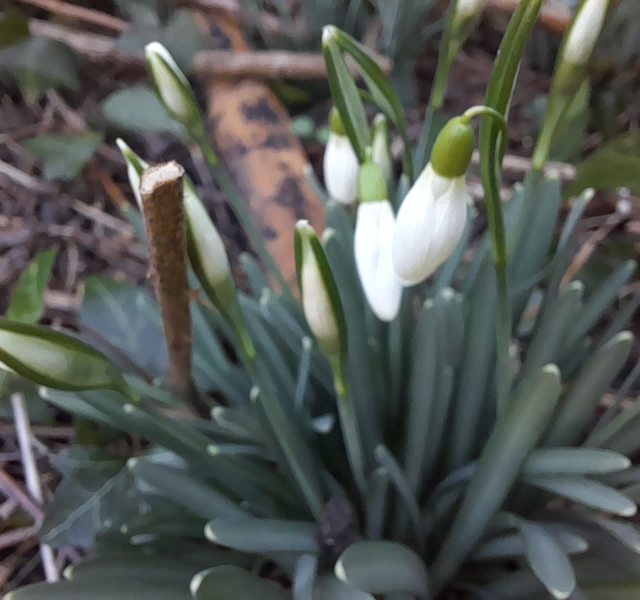
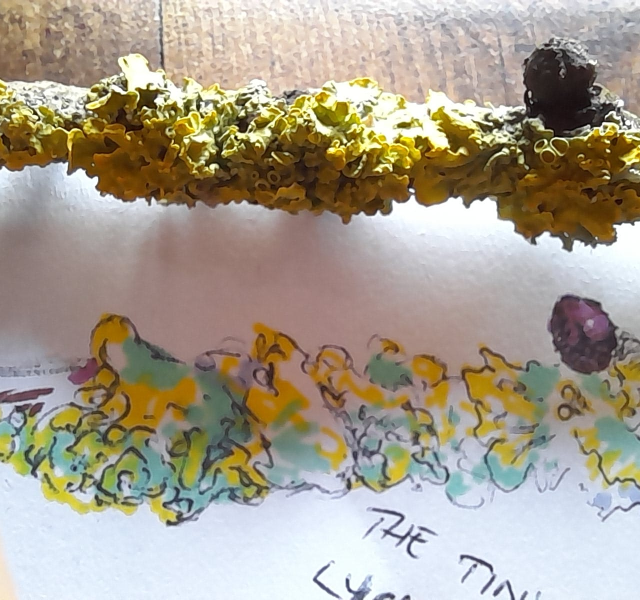
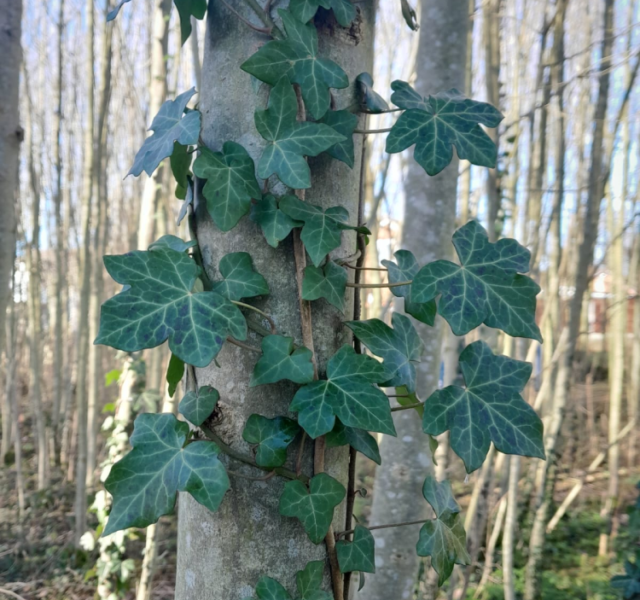
What is Forest Bathing?
Forest Bathing or shinrin-yoku (better translated “taking in the forest atmosphere”) began as a two-pronged aim to offer an antidote to the tech-based burnout of modern lives AND to inspire greater reconnection with forests which would simultaneously protect natural spaces. Originating in Japan, it was quickly accepted as a form of ecotherapy, and now features worldwide alongside other mental health and wellness techniques, even being recommended as a social prescription within the NHS. The idea is not intended to be exclusive to hikers, wild campers, or those already seen as nature-lovers, in fact just the opposite: open to all, it’s message is simple: time spent in nature is good for us.
It’s clearly become a very popular and well-discussed trend; The Forest Bathing Institute’s Patron, Dame Judi Dench, says “As humans, we have such a deep connection to trees and woodland. Forest bathing allows you to focus on that connection, engaging all your senses.” BBC People Fixing the World has also featured Forest Bathing as part of their programme: The healing power of forests.
Elle’s Experience
I have enjoyed woodlands and nature my entire life, but moving to a city restricted that for one of the first times in my life. Finding a small patch of community-managed woodland, Hannah Fields, just round the corner was a literal breath of fresh air, and one that came with the opportunity for my children to explore the mud kitchen, fairy gardens, and greet chickens by name.
When I found a Forest Bathing event was being run by Derbyshire Mind in partnership with Wellness Without Walls at Hannah Fields it was an easy choice. RFS is well aware of the mental health benefits of nature, to adults and children (even improving academic results), but to really understand it felt important to experience Forest Bathing as intended.
Waking up on a busy day, with a multitude of stresses, school run, etc, it wasn’t all that surprising that I was both a little stressed and running late the morning of the event. As I arrived, parked, and walked through the purple wooden gates on the sunny but cool February day, there was a distinct difference between the busy-ness of life outside and the immediate calm of nature-prioritising space within.
I was welcomed in and settled into a small wood cabin on site to have the plan explained to me. My hosts are clearly passionate about helping people, specifically in reminding us of our connection to nature, our need to listen and observe in order to better understand. Our love and interest in trees was clearly shared but this was not an academic visit.
We moved slowly through the trees, following the natural paths created in gaps between trees and where young people had explored. I watched the light shining through the colourful leaves as they moved in the breeze, spotted the first few buds of snowdrops, little spikes of frost on branches which melted slowly if moved into the sun even on a cool day. Some of the time we were silent and just listened to the blue tits chasing each-other through the branches, some of the time we shared our observations: the rings on the tree and why not all trees will have rings, the warmth of sun traps in the site, and how children had left creative signs of their playing. We noticed how the smell of the nature around us changed depending on the temperature of the area we moved through, the colour of the frosted grass differed to the bright green around small nature pools, tiny leaves on tiny plants frozen in the layers of ice.
Our nature walk ended by returning to the small wood cabin, warmed by the wood burner, a drink and the chance to use art materials to remember the observations we made. This extra chance to remember patterns, focus in on the tiny features of lichen and bark, the mathematics of perfectly structured flora, was not unlike art therapy patterns. It did not need to be perfect, that wasn’t the point.
After the obvious additional tree-geek chat I left significantly less stressed. I had been at Hannah Fields for almost two hours, accidentally running over in a peaceful haze. I had attended stressed, and left unexpectedly calm. It’s like I could breathe freely, and I will definitely be returning soon.
Benefits to People
After the effects of the Covid pandemic world-wide, it is likely not surprising that more people appreciate the benefit of nature in our lives.
“Access to nearby green spaces and interventions to increase engagement with the natural environment are one of the fastest growing ways of improving human health.” – Natural England
More people spent more time outside, exercised in outdoor spaces, but maybe the biggest indicator of mental health is that 85% of adults reported that being in nature made them happy. Alongside this nearly three quarters of people surveyed were concerned with biodiversity losses, and clearly reflected that environmental issues were a concern and are altering their behaviour in response.
The big reason why Forest Bathing is considered to be so beneficial above a more common walk through a park, is the density of anti-microbial phytoncides (wood essential oils) within a forest or woodland area. Trees emit them to protect themselves from germs and insects but Payton idea can have long term health benefits, particularly mental health, in people too. Acting as a natural aromatherapy that can help boost our mood by reducing the stress hormone cortisol, as well as improving our immune system function, Forest Bathing therefore offers an ongoing tool against stress-induced illnesses. There is even studies that have suggested that as well as lowering blood pressure, stress and anxiety, it can have tumor-fighting properties. Social prescriptions have started referring to Forest Bathing groups and have shown promise in reducing health inequalities because of its low-cost and wide accessibility. As an activity open to adults and children, it can be useful in teaching methods of focus and mindfulness, and help offer social settings for those who might have felt ostracized due to learning disability or neurodiversity.
“I have a hearing condition that causes sensory overloading anxiety. When the world fills my head, I escape to the forest. The forest makes me feel rejuvenated and connected to everything that is good, balanced and part of the cycle of life.” ~ Ali, Wendover Woods
Benefits to Woodlands
“Through the very act of Forest Bathing, you are helping save the forests.” – Nature Connection Guide
It is important to remember that personal well-being was not the full purpose in the creation of Forest-Bathing. Without also inspiring people to protect woodlands and forest sites any personal benefit would be short-lived. The ongoing management of woodlands is not an easy thing without support, both philosophical and financial, and so it is vital to ensure that any activity assists owners and managers.
Nature plays an important role within the tourism industry with the obvious economic benefits that come with greater visitors could provide vital income to woodlands. As a low-impact activity it doesn’t hold the same issues as some sports or recreational activities and so would cause less damage to the environments many professionals are trying to protect. Greater participation from local communities and visitors willing to travel further, beings with it an easier argument for conservationists against those who might only see the value in natural spaces as development opportunities.
Not only can there be a boost in monetary and political support by opening forests to Forest Bathing visitors, it can also encourage more people, after more time in green spaces, to consider careers within the forestry sector. With so much burnout being experienced in a number of sectors, there so much opportunity to remind young people that the benefits of working with nature have personal, professional, and environmental benefits. Even if individuals don’t choose to switch careers completely, there might be greater uptake of volunteer programmes, training, and community groups wanting to improve green spaces in their area.
There are so many possible recreational activities that woodlands and forests can host, but Forest Bathing comes with little effect on the environment, is clearly beneficial for the overall health of communities and individuals.
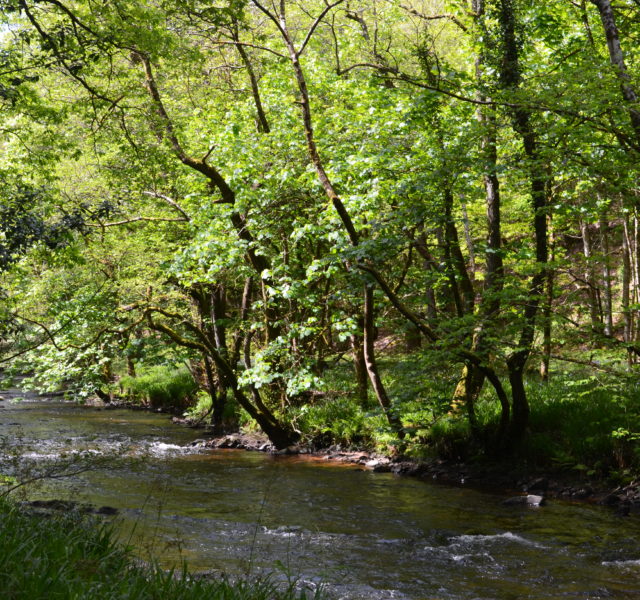
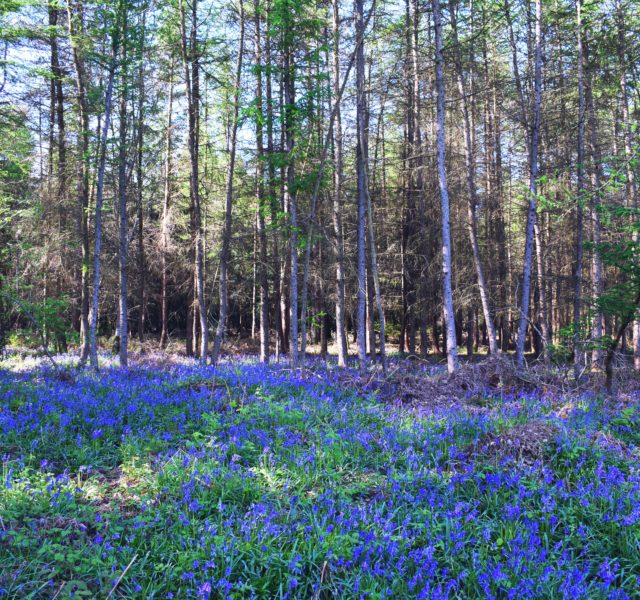
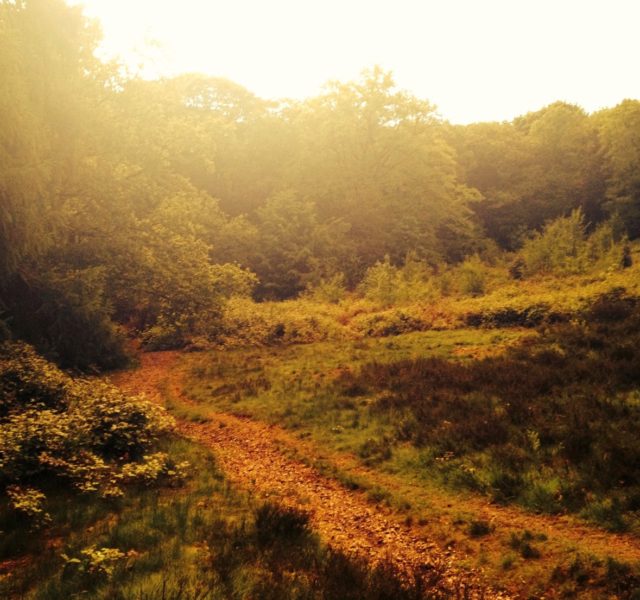
How To Start
There are a number of events popping up across the country run by a number of organisations, both community-based and national. A simple internet search will find many options in public woodlands as well as privately-owned properties, some more guided than others. But for those needing more flexibility, or even just want a little more privacy, Forestry England has tips for beginners wanting to try solo:
- Turn off your devices to give yourself the best chance of relaxing, being mindful and enjoying a sensory forest-based experience.
- Slow down. Move through the forest slowly so you can see and feel more.
- Take long breaths deep into the abdomen. Extending the exhalation of air to twice the length of the inhalation sends a message to the body that it can relax.
- Stop, stand or sit, smell what’s around you, what can you smell?
- Take in your surroundings using all of your senses. How does the forest environment make you feel? Be observant, look at nature’s small details.
- Sit quietly using mindful observation; try to avoid thinking about your to-do list or issues related to daily life. You might be surprised by the number of wild forest inhabitants you see using this process.
- Keep your eyes open. The colours of nature are soothing and studies have shown that people relax best while seeing greens and blues.
- Stay as long as you can, start with a comfortable time limit and build up to the recommended two hours for a complete forest bathing experience.
Did you know…?
Even looking at trees or listening to the sounds of the forest can help us feel calmer. If you really can’t get out and about in the forest, why not try a 360-degree forest bathing playlist, or take five minutes to visit forest views with soundtracks.

